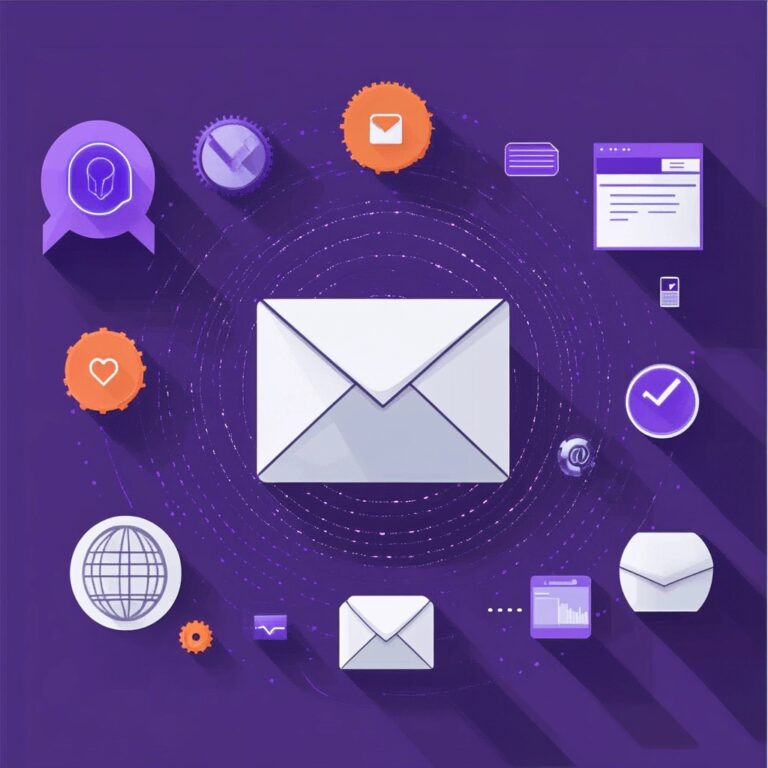The holiday season between Thanksgiving and Christmas is the most important time of the year for e-commerce websites. Sales increase dramatically as people buy gifts, decorations, cards, food, and more. In the United States, about 25% of all personal spending occurs in the holiday shopping season. The average U.S. holiday shopper spends over $700 on gifts. It starts in October, ramps up dramatically on Black Friday and Cyber Monday in November, and peaks on Super Saturday with last-minute sales just before Christmas in December.
The holidays are critical for nearly all retailers in the U.S., but especially e-commerce. It’s not uncommon for online retailers to generate 50% of their yearly sales in the last three months of the year. It’s easy to understand why. Traditional holiday shopping is a hectic experience with Christmas music on endless repeat to get into the holiday spirit, bad weather, no parking, crowds, and a huge amount of inconvenience and stress.
Related: How to Stand Out Online This Holiday Season
That’s why more people are doing all of their shopping online this holiday shopping season. In 2016, holiday shoppers spent over $80 billion online. Cyber Monday became the biggest online shopping day ever, with $2.67 billion in sales.
For e-commerce businesses, these statistics should be a wake-up call for their marketing strategy. If you’re not already preparing your holiday marketing strategy to cash in on the biggest gift-giving days of the year, it’s time to start now.
Here are a few holiday messaging and holiday marketing tips to maximize your e-commerce sales this holiday promotion season.
Pick What Channels You Want To Focus On For The Holidays
How does a potential customer find you? If you have limited resources, focus on investing in major traffic channels that you know are most effective towards your target audience. You already know what works, so now isn’t the time to experiment with your marketing efforts. But in today’s e-commerce world, zeroing in on one method of traffic generation usually isn’t enough to stay ahead of your competitors’ holiday marketing campaign. There are 6 pillars of driving traffic to a website, and you should try to utilize all of them in your holiday marketing strategies, if possible.
Here are the 6 channels to focus on for the holidays:
Organic Search
Before you start buying ads, use Google Analytics to figure out which pages get the most traffic, page-views, time on pages, and conversions. Then cross-check this information with your top keywords. Focus on tweaking pages that are performing in the middle of the pack, rather than your best or worst pages.
Referrals
Promote your e-commerce website, products, and services on other websites. As a marketer this is easy if you already have relationships with those companies, or if you are running promotions to sell their products. Referral traffic can be a major source of revenue during the holidays, as well as the perfect opportunity to build quality backlinks and improve your SEO as a marketer.
Social Media
There is no better time to put more effort into social media content than the holidays. Be festive! Update your cover photo with a jolly holiday theme, share a holiday card, holiday articles, and photos to get into the holiday spirit. People are already on the lookout for early-bird sales and coupons in the lead-up to Black Friday, as well as one-day sales for last-minute shoppers in December, so give them what they want. Post discounts, coupons, and flash sales. Your followers will share the great deals with their friends, getting the word out about your products and simultaneously promoting your business and brand.
Email Marketing
Using email for holiday promotions and newsletters is a must. It’s the easiest way to tell your loyal customers about your best products, promotions, and events. Email is also great way to reward your loyal customers with exclusive discounts.
Related: 10 Essential Emails You Should Be Sending This Holiday Season
Experiment with subject lines and visuals, but always keep it simple, and always send important newsletters out in the morning when people are checking their email. For many businesses, email newsletters have a better ROI than social media because they feel more urgent and personal.
Paid Media
One way to guarantee more traffic to your website is by paying for ads with search engines and social media platforms as part of your marketing plan. There are a few ways to get people to click. Use words like “act now,” “one day only,” “sale,” “deals,” or “door-buster,” or post a countdown to increase urgency, such as “Last 2 days to get 30% off!” Now is a good time to increase your CPC, as there is a better chance that people who visit your website will buy something.
Direct
The holidays are the easiest time to get customers to go directly to your website, rather than using search engines or social media because you will be running promotions and they will be looking for the best deals on gifts. It’s a win-win for both of you. There are a lot of ways to get your customers excited about coming straight to you, such as holiday promotions, contests, free giveaways, direct mailings, in-store coupons, and outbound sales. Flash sales for early-bird shoppers and last-minute deals are a great opportunity to target customers with different buying habits.
Measure Channel Performance
How are these channels performing in terms of page load time, bounce rate, total revenue, average order value, and abandonment rate? Where are your customers coming from and what are they doing when they find you? If they’re dropping off, where do they get lost?
If you get a lot of visitors, but they don’t buy anything, you need to figure out why. Your channels might be sending you a lot of visitors who aren’t actually interested in buying your product. You might also have a technical problem with your website, like slow loading times or confusing navigation. The only way to find out is by looking at the performance metrics of your channels and your e-commerce website.
Related: 20 Best Incentives For Your E-Commerce Site
The scientific approach to converting more visitors into customers is called Conversion Rate Optimization (CRO). It starts with distribution channel analysis – figuring out which channels are bringing you the most visitors who turn into customers so you can focus on optimizing the channels that maximize your profits, rather than just boosting page-views and hoping for the best. Page views mean nothing for most ecommerce websites. Focus on optimizing your conversion rate.
Decide On A Budget
Your budget must align with your goals, and you must decide where to spend your budget. If you have data from last year, that’s the best place to start. For example, after revisiting last year’s performance and analyzing your channels, you might focus your budget on paid advertising because that’s where most of your customers come from. Allocating funds through the holiday season can feel overwhelming but it’s a lot more manageable if you focus on the big shopping days.
Plan for the shopping bonanza at the tail end of November and December. Keep in mind that both months have more than one shopping holiday. Black Friday and Cyber Monday are the big ones, but don’t forget Green Monday and Super Saturday in December. If you’re running out of room in your budget, pick your top products and focus on them in a separate campaign. This helps ensure your strongest performers get full visibility all through the holiday season.
Manage Your SEO Campaign
SEO should always be on your mind, but you can use the holidays to invest in an SEO campaign that will boost sales and traffic year-round. The easiest way is to create blog content that targets keywords like Christmas, Black Friday, Thanksgiving, Hanukkah, or other holidays. You can also use evergreen landing pages for Black Friday and Cyber Monday. You may have to re-optimize your SEO strategy by building a holiday keyword list and holiday-specific content. Use keyword research tools to figure out what people are searching for during the holidays. Then optimize your e-commerce website or blog to target those keywords.
For example, “Top Thanksgiving Embroidery Designs” or “Buying Guide for Last-Minute Christmas Gifts.” You can even optimize your buying guide, so Google puts it in the shopping search results page. This type of holiday promotional content is a great way to engage your users, attract quality backlinks, and drive more traffic to your website.
Related: The Ultimate E-Commerce SEO Guide
Holiday-themed landing pages and on-page promotions can also help boost sales once your visitors have arrived. Everyone loves finding a festive website with a great gift idea for the holidays — and seeing an exciting promotion like a 1-day sale or free shipping may seal the deal.
A few more holiday marketing tips for e-commerce websites…
- Use high-quality images or videos for your products
- Monitor your competitors to see what they are doing
- Look at what your customers are saying on social media
- Create a holiday gift guide and optimize it for search engines
- Ask for newsletter registration on the order confirmation page
- Add new shipping options or free shipping
- Make sure your customers know your fulfillment dates — they will want their products delivered on time!







